There’s something tremendously fulfilling in the moment you finish writing your story. You sigh with pleasure or scream with joy because somehow you know it’s the best one you’ve written. And through the sweat and sorting, you finished! But sooner or later you drift down off the bubble of wonder you’re floating on because, just that quickly, you realize it’s time to begin the next step. It’s time to forge into the daunting process of editing.
Editing entails a lot of things that you can’t accomplish in a single go-over, but a good place to start is by putting the bow on the package — in other words — by tying up the loose ends.
Have you ever read a novel that left you wondering whatever happened to that guy in chapter six who left the fort to get help? Or, wait a minute, didn’t the author say she was wearing a green dress on the last page, not yellow? Have you read a story where something never got resolved or fully answered, but should have been, or an obvious mistake was made, such as the color of the dress in the above example?
As your writing progresses, you will learn to layer story lines, developing richer plots. But doing that means there will be a lot of loose ends to keep an eye on. And every loose end needs to be tied into a neat and satisfying bow for the reader, leaving him or her without nagging questions.
Right now I’m working on a novel involving twins. While the main storyline focuses on one of the pair, there is a parallel story going on with the other. The two diverged at the beginning and will come back together at the end. The trick is in keeping all the frilly little details in each story flowing smoothly and not forgetting to deal with them before the big finale. I constantly find myself asking such questions as did I mention the name of that historic hotel in town before? Did I make the cook a widower or did he have a wife? Was the color of Jesi’s eyes the same in chapter twelve as it was in chapter one? Did I have Cori enrolling in school for spring or fall semester?
Always go over your story with a fine tooth comb looking for loose ends, contradictions, and questions readers may come up with. Don’t presume that they won’t notice mistakes or aren’t interested in such details.
Loose ends left untied read as unprofessional. When you finally show your story to a publisher, a contest judge, or even your best friend, you want it to be beautifully packaged, with loose ends wrapped up in a perfect bow on top.
Exercise:
- During the writing stage, you may find yourself asking, did I mention this before? As you are writing the initial draft, try jotting a list of editing questions that pop up (like, did I already say this?) so that when you go back through with the first edit, you can search for the answers.
- During the editing stage, watch for questions, people, even mere mentions, that you don’t recall finalizing details on later. Jot them down. Continue watching for answers to them as you edit.
- When reading other novels, pay attention to the questions authors intentionally put in your mind, and then how they answer them further into the story. Also be aware of story and character details. How do you think the author managed to keep them sorted and organized?
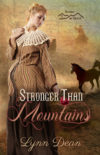
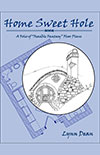

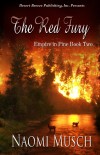
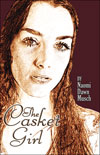
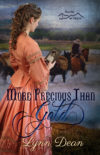
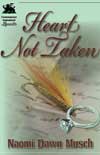
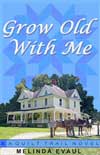
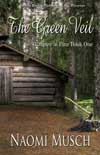

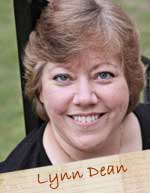


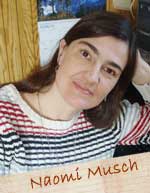


Speak Your Mind
You must be logged in to post a comment.